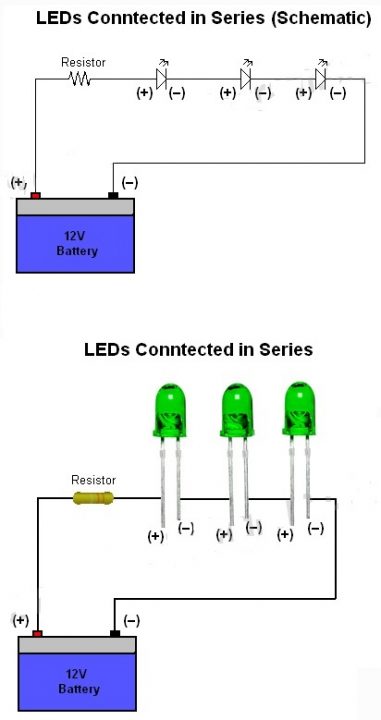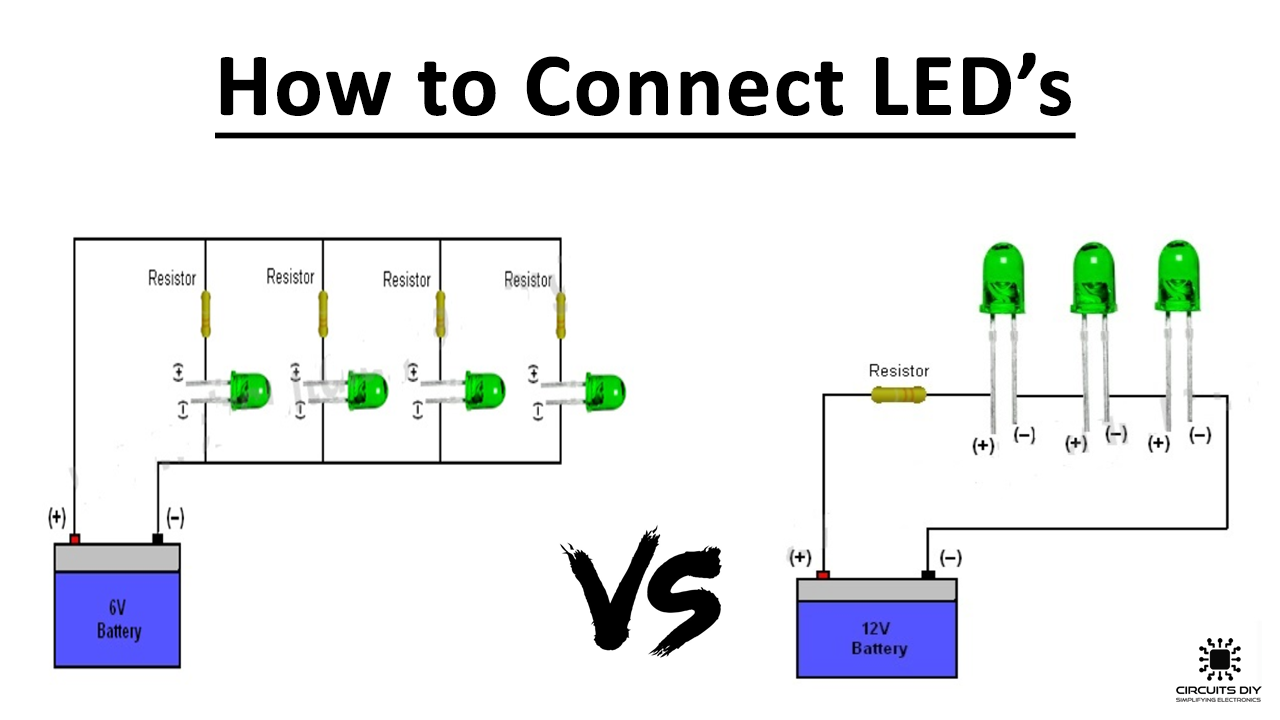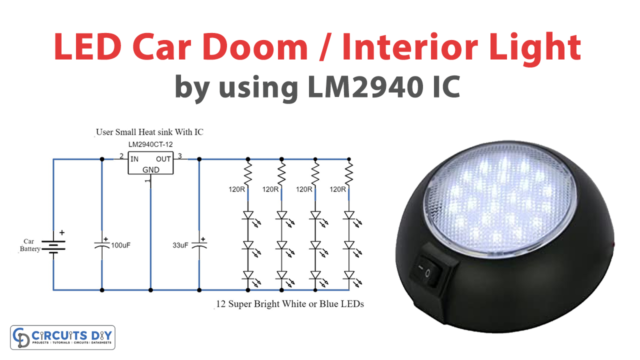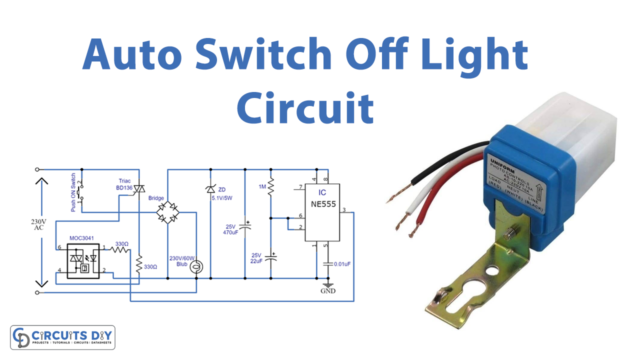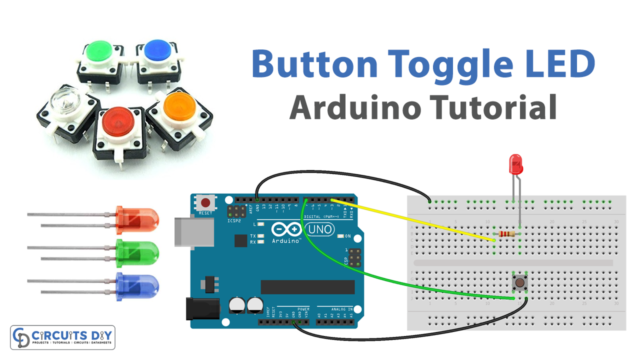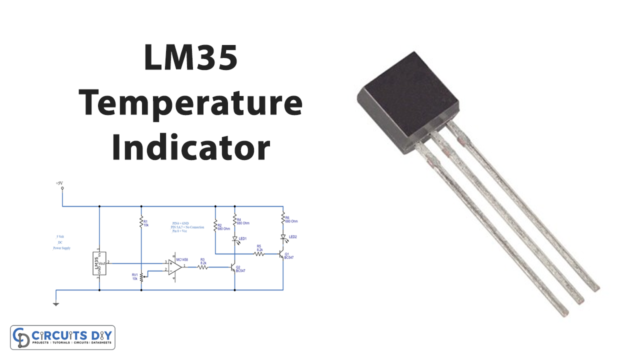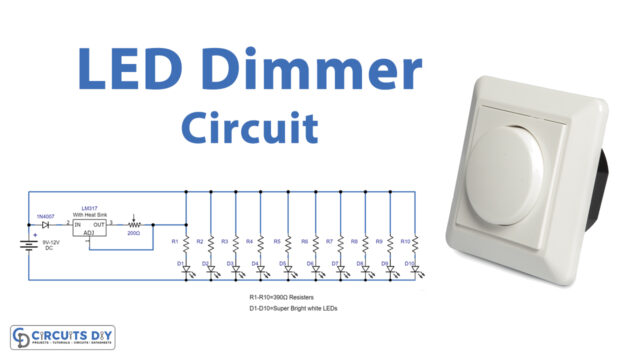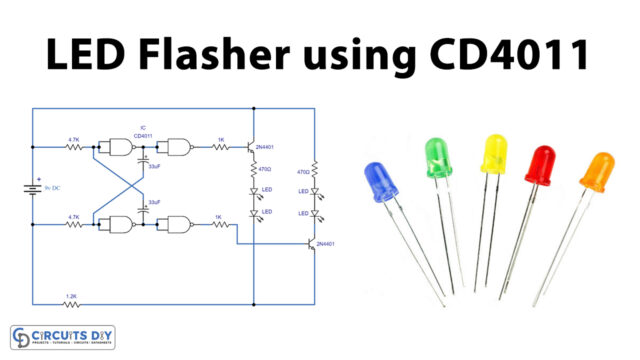This is a tutorial of how to connect/wire LEDs. Most of you out there just have started studying electronics and there are a lot of projects that require LEDs in them. We are going to show you and answer all your questions regarding the connections of LEDs briefly.
Nowadays almost every electronic device is using LEDs in them. Projects that involve LEDs are really interesting and provides knowledge as well. There are a lot of different types and colors available in the market for LEDs from which you can select according to your preference and projects.
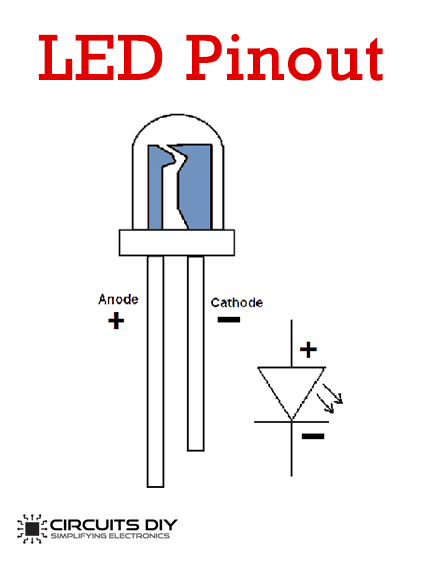
If you want to use LEDs in any way it is best to connect or wire them in the correct manner. You can not drive them directly with batteries, it will burn the LED instantly or shorten their life therefor a current limiting resistor is always used with them.
How to select the right resistor for your LED?
Choosing the current limiting resistor is not so hard, there are many online websites which has free LED resistor calculators such as
You just have to add some LED specifications like supply voltage, drop voltage or forward voltage, current ratings, and the number of LEDs. This will provide you with a resistor value to use with your LEDs. These values are given in the LED specs but if you don’t have them you can get these value by the following guide
- Supply Voltage: The voltage you want to use to run the LEDs such as 3V, 6V, etc.
- Drop/Forward Voltage: This can be determined by LEDs color if its blue or white then select 3.3 or 3.5 volts. If they are red, green, and other select 2 volts.
- Current Ratings: 3mm sized LEDs use 20mA or 30mA current for full brightness. Use 30mA for white, 20mA for red, green or any other color
- Number of LEDs: Write the number of LEDs you will use.
Connecting LEDs
The first step is to know their connecting points or connection polarity. You can easily understand the positive and negative points of any LED with the help of its long and short leads or flat edge as shown in the picture below.
Connecting LEDs in Series & Parallel
The preferred method of connecting LEDs while operating with batteries is connecting them in series because one resistor is used as a current limiter for many LEDs whereas in parallel each of them requires a separated resistor and each resistor wastes some amount of power.
But there are some limitations in connecting in series as well. You can not operate 4 LEDs of 3 volts with 6V of supply because 4 LEDs of 3V are equal to 12V so they require 12V DC. In parallel, you can do that by simply connecting each LED with a separate resistor.
The diagrams below show you how LEDs are connected in Series and Parallel
LED In Parallel
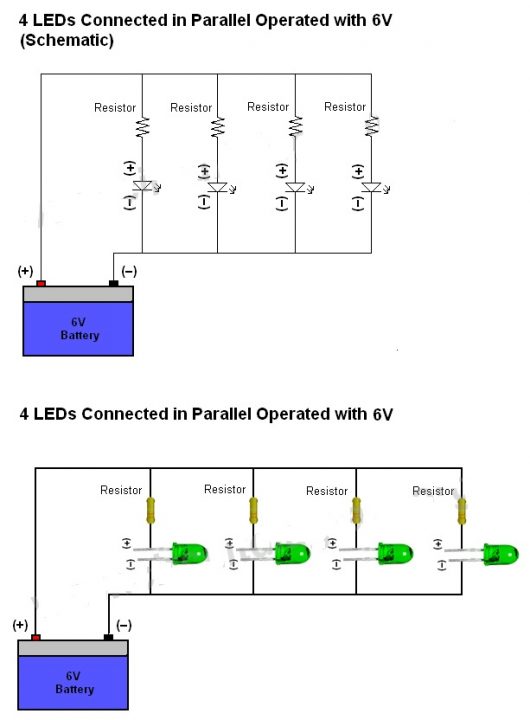
LED In Series
